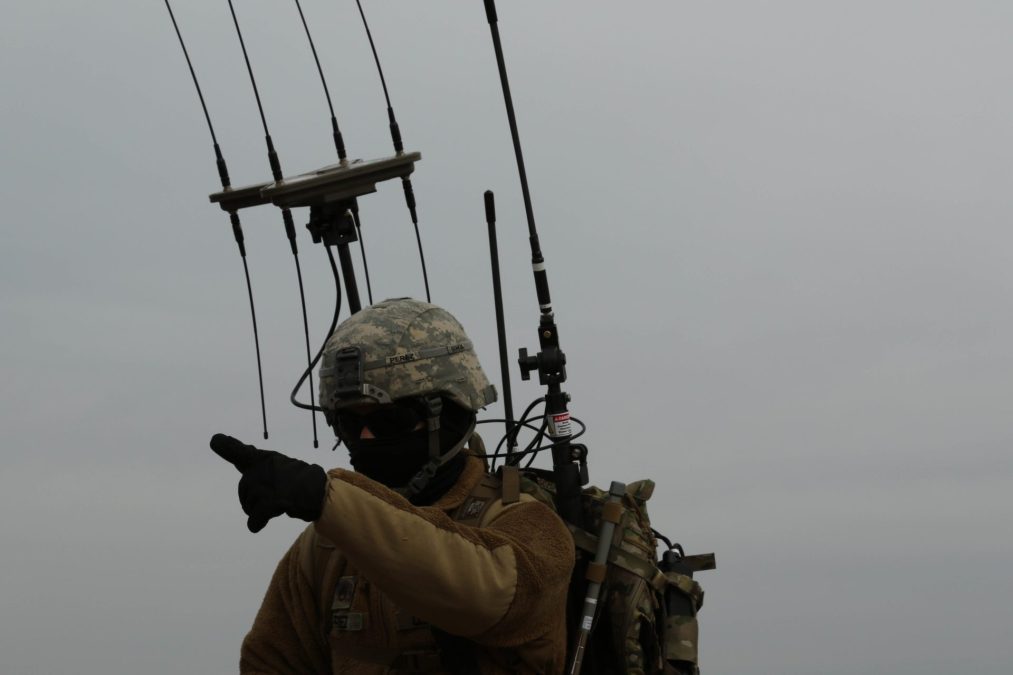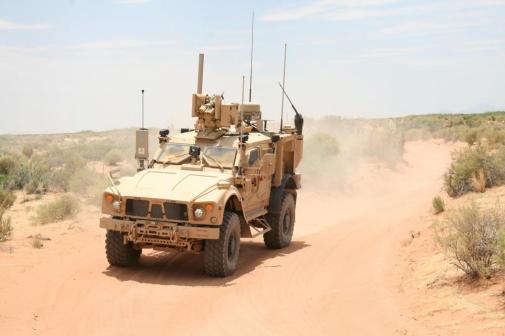Army’s electronic warfare review will inform investments for future budgets

Editor’s note: This story is part one of a two-part series. Part two focuses on the specific programs the Army is building and where they are in their development processes.
The Army’s major review of its electronic warfare capabilities will help inform upcoming budget and program planning, the service’s undersecretary said.
Undersecretary Gabe Camarillo initiated what’s referred to as an electronic warfare capability portfolio review as a means of identifying gaps and investment needs. The Army divested much of its EW arsenal after the Cold War — and given the resurgence in spectrum capabilities necessary for success on future battlefields, now is the time to undertake a full examination.
“Unlike, for example, aviation or ground combat vehicles, there’s no clear single proponent for [electronic warfare] in the Army,” Camarillo told reporters at the annual AUSA conference. “It’s shared, obviously, between a variety of organizations … We’re looking to bring that community together to relook the entire portfolio from the beginning to the end.”
The Army wants to better understand what it is currently investing in and what gaps exist at what echelons.
“We recognize that EW is an area that the Army has probably made limited investment in as a capability during two decades of counterterrorism operations in Iraq and Afghanistan … As we look at the Army’s role as part of a joint force, globally employed, especially in the Indo-Pacific region, it’s time for us to relook what are the threats, what’s the state of technology,” Camarillo said. “We know what programs we’re investing in today, but where are there gaps, how would we like to address and mitigate some of those gaps? … We want to look at the EW portfolio and figure out where we need to place investment and what areas we can potentially accelerate.”
There is no timeline for when the review is expected to wrap up, but Camarillo said components are set to come back in the near term with deliverables and time frames, with his hope being to inform the development of the program objective memorandum (POM) for fiscal 2026, which officials will be working on next year. The EW review is not expected to be completed in time to inform the POM for fiscal 2025, which is shaping the budget request that will likely be released in a few months.
Brig. Gen. Wayne “Ed” Barker, program executive officer for intelligence, electronic warfare and sensors, said in a statement that the review is “a critical part of the Army’s ongoing efforts to ensure the delivery of EW capabilities to address the current and emerging threats of large-scale combat operations.”
Officials have described a layered approach for electronic warfare based on region and echelon, noting the solution will not be singular.
“You can’t view our EW capabilities a single solution. It’s going to require a layered approach with multiple programs,” Ken Strayer, project manager for electronic warfare and cyber within PEO IEW&S, told DefenseScoop at the AUSA conference. “I think everything we’re doing right now is still relevant to that fight and we may need to tweak a few things. And definitely there’s some gaps that we need to fill and we’re anxious to get at those.”
The Army still does not possess a fielded program-of-record jammer capability, relying for several years on quick-reaction tools that sought to close gaps that U.S. military forces faced in the field. The service is also set to field other tools aimed at visualizing and planning operations within this invisible environment.
Continued quick-reaction fielding, experimentation and testing of systems will help inform concepts and strategies needed for the Army as a whole as well as certain critical units, such as the Multi-Domain Task Forces. MDTFs are designed to be in constant contact with adversaries during the so-called competition phase of conflict, and be capable of conducting deep sensing and long-range precision fires.
Strayer said his office has been working with 1st MDTF, which was established in 2017 and is focused on the Indo-Pacific theater. He acknowledged that they’re still developing their mission profile and as a result, the program office is trying to understand how it can provide capabilities to help that unit shape the battlefield in the Pacific.
“What we haven’t seen yet and been put together is a holistic strategy on how do we equip them for the fight, because they’re still learning,” he said.
The Army is still doing a lot of learning and exercise support through quick-reaction capabilities, to include spectrum analyzer tools and unmanned sensors.
Editor’s note: Click here to read part two of this series, which describes the variety of electronic warfare capabilities the Army is building and where they are in their development.






